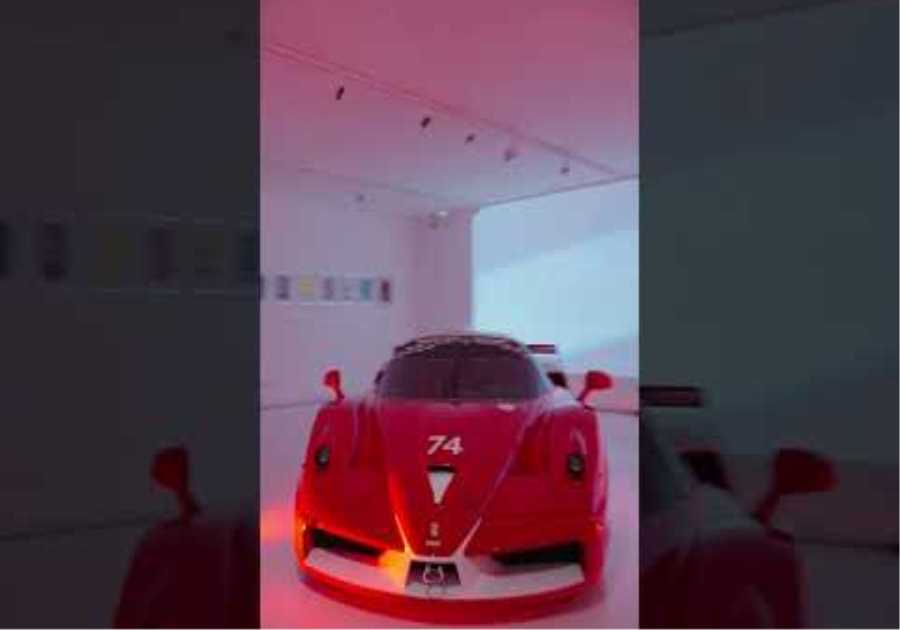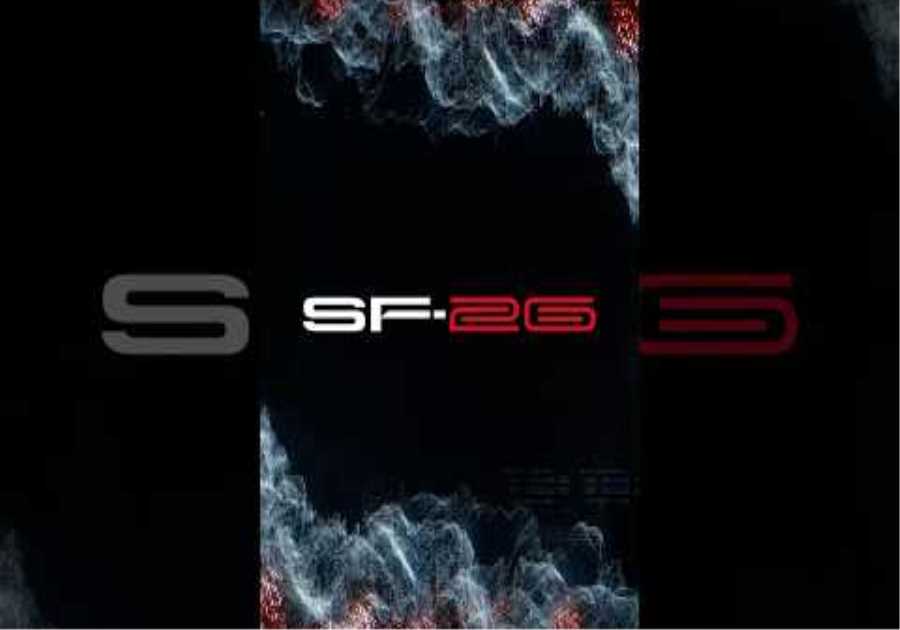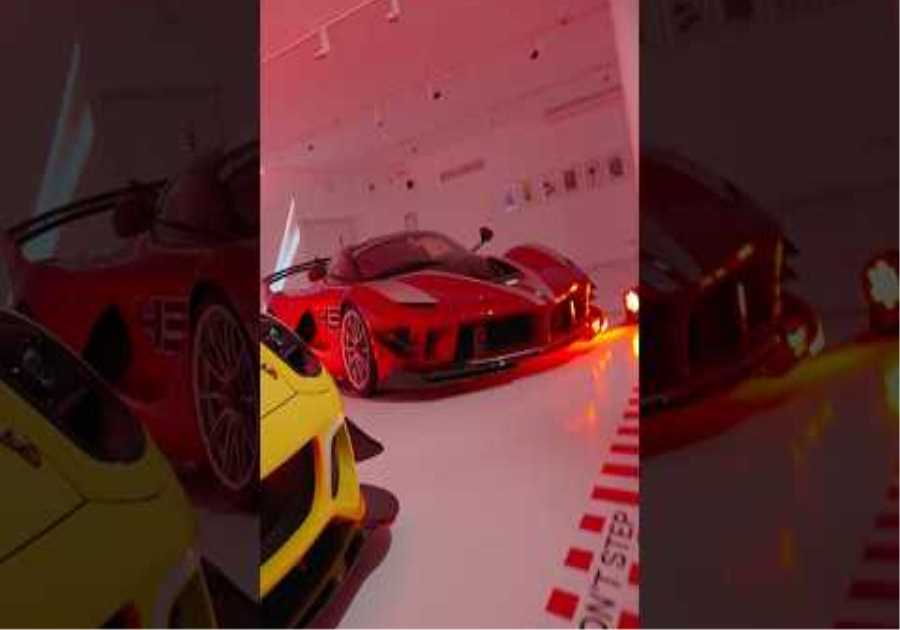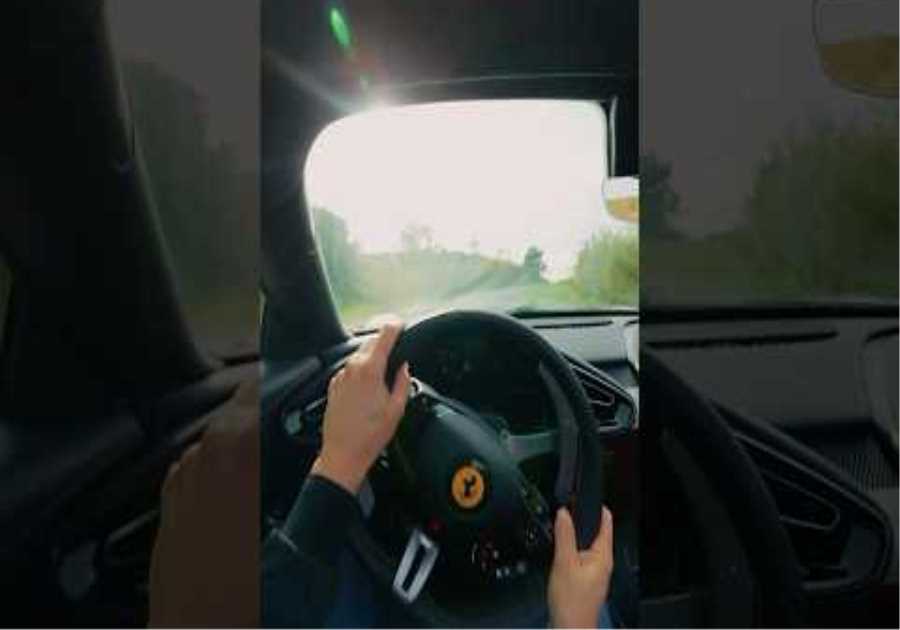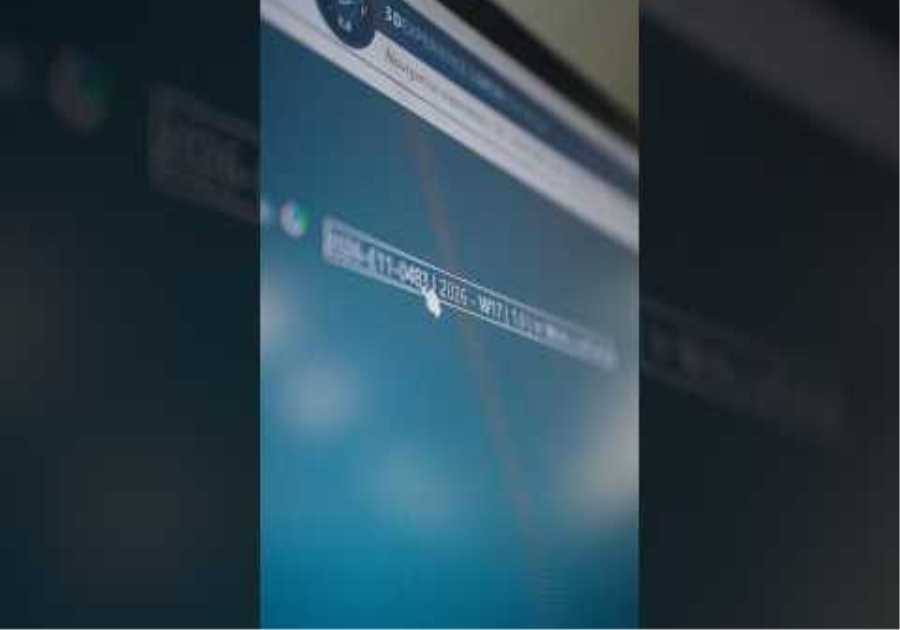
The 2021 FIA Formula 1 World Championship of the Uralkali Haas F1 Team will continue at Circuit Paul Ricard, the venue for the French Grand Prix and the seventh round of the season.
France was a cornerstone of the automobile racing industry and hosted the first recognized race in 1894, while 12 years later the term Grand Prix was first used in the country. These were initially spectacles that took place on public roads across France, a trend that continued in the early years of the Formula 1 World Championship, particularly in Rouen, Reims and Clermont-Ferrand.
In 1973 the French Grand Prix shifted all day to permanent race tracks, alternating between Dijon-Prenois and Circuit Paul Ricard, before Magny-Cours established itself as a new home in 1991. Financial and political issues dominated the French Grand Prix for nine years. even surpassed the hiatus imposed by the world wars. But after several unsuccessful attempts to revive the event, it finally returned in 2018 on a renovated and re-profiled Circuit Paul Ricard, with the Uralkali Haas F1 team marking the occasion with a top six finish.
The venue, between the vineyards and lavender fields of postcard-perfect Provence, is known as a world-class motorsport facility. Originally renovated as a test track, it has unique innovations such as sprinklers on the edge of the track and a spacious, multi-layered spout with bright red and blue stripes, which are intended to slow down cars at the expense of tire wear. There are over 150 possible layouts and Formula 1 uses the 5.842 km Grand Prix layout, which includes the chicane along the Mistral Straight and the terrifyingly fast Signes corner, which is driven at full speed on Formula 1 machines. Event organizers who had to cancel the 2020 round due to the pandemic are expected to welcome 15,000 fans every day this weekend.
Uralkali Haas F1 Team drivers Nikita Mazepin and Mick Schumacher have already driven on the track. Mazepin clinched a podium in the GP3 series at Circuit Paul Ricard in 2018, while he and Schumacher competed in the FIA Formula 2 Championship in 2019.
The team achieved its best result of the season last time in Azerbaijan with P13 (Schumacher) and P14 (Mazepin) in diamonds. While it is recognized that wear and tear contributed to the results, is it the ability to capitalize on such opportunities that allows the team to focus on the VF-21’s limits this season?
Günther Steiner: “Of course we know the limits, but as I said – we always try to get the best out of every situation. Sometimes you just have to be patient and do a good job. ”You have to keep focus and sometimes there is something in the end. The whole team was happy with places 13th and 14th, because that’s the best thing we can do on a good day at the moment. There are always opportunities, you just need to be there and that can only be achieved by working hard. “
They spent some time in the team’s new design office in Maranello, Italy, immediately after Azerbaijan. How active are you in developing the team there and in fitting the new staff into the existing organizational structure? Are you fueling the efforts you are already seeing towards 2022?
GS: “The day-to-day business in our Maranello office is managed by Simone Resta. Of course we are always in contact, we always talk about things, not least because I know the past here and I want to give it. He has so much of this knowledge, so he knows how best to move forward. In the short five months we’ve been there, he’s done a good job. I am of course very happy to look forward to 2022, to see that we are making good progress. Hopefully the car will be competitive and we will have a lot of fun again in 2022. “
The French Grand Prix marks the start of the first triple header in 2021 – albeit not originally planned. With a pair of rookie drivers in the garage, is a racing series this early in the season an advantage or a challenge for its development?
GS: “I think every challenge is good for you. You are exposed to the things that just happen in Formula 1. It’s a triple header, you can’t change it, you have to deal with it. Sometimes it’s good, because there is no time between races to distract yourself. You’re both young, you have a lot of energy and racing is what you want to do. For me it’s not bad for you. You just have to stay focused and we’ll just see how very much they can. I think it’s good for them to be exposed to this pressure in the first part of their career, not just during the season. I’m sure they will handle it very well. “
Circuit Paul Ricard will receive around 15,000 fans every day during the French Grand Prix. How important and welcome are the ongoing efforts to bring the live audience back to the racetracks and to create an atmosphere around a Grand Prix weekend.
GS: “For me, the most important thing is to overcome this pandemic so that everyone can move freely again – I’m looking forward to that. Sure, if we can get people to our races, it’s great, as people can then see that normality is just around the corner. We have to work hard to get there. An event with spectators is much more inspiring for anyone attending F1. I am happy and hope that we will soon see full racetracks again. “
You achieved your best result of the season last time in Azerbaijan with a P14 place in Kariert. While it is recognized that wear and tear helped final position, is it the ability to capitalize on such opportunities that allows you to focus in the race despite knowing the VF-21’s limitations?
Nikita Mazepin: “I think in Formula 1 it is very important to take advantage of the opportunities that arise, regardless of whether other cars break down or fail. It makes a huge difference to a team and affects the motivation of the team and everyone who works. For us as drivers, it’s very important to capitalize on these things and make sure we deliver when the opportunity presents itself. “
You have pulled the checkered flag at all but one of your six Formula 1 starts. How valuable are racing kilometers compared to training kilometers for your personal development as a rookie. What are the most important things to gain from tracking race miles?
NM: “The mileage in Formula 1 is very high. Since tests were forbidden during the season, I only had one and a half days for testing in the preseason. Hence every single lap you complete – especially on the road.” Racetracks, as they are not available for testing, it is very important. To do every single race, of course, but the first one offers opportunities and that was very important to me. “
The French Grand Prix marks the start of your first triple header weekend. What preparations do you have to make, if any, in order to cope with the physical demands of such an intense racing sport?
NM: “I like what I do. For me, being able to drive a lot is very important. I think I’m one of the few drivers who really enjoys the triple headers and the 23 races coming this year. That’s a nice thing for me. I’m physically fit enough to be able to do more races. I’m waiting for the race weekends because they offer opportunities. These opportunities also motivate the people around me, and that’s important to me too . “
You last drove at Circuit Paul Ricard in your 2019 rookie Formula 2 season. What special features of the route do you think stand out?
NM: “Paul Ricard is a very special track. It’s the complete opposite of our last races in Monte Carlo and Baku. It has huge run-offs, a track that gives you the opportunity to test your limits. I had one good experience there in 2019. Hopefully we can achieve more of it with our car. “
You achieved your best result of the season last time in Azerbaijan with a P13 place in Kariert. While it is recognized that wear and tear helped final position, is it the ability to capitalize on such opportunities that allows you to focus in the race despite knowing the VF-21’s limitations?
Mick Schumacher: “We did a good job as a team to stay in the race, I think we did it well and were able to stay in the fight. If you look at the stints, we fought here and there, but still did we did our job “and we can be satisfied with the result – especially if the team moves up to ninth place in the team standings.”
You have now reached the checkered flag in all six of your previous Formula 1 starts. How valuable are racing kilometers compared to training kilometers for your personal development as a rookie. What are the most important things to gain from tracking race miles?
MS: “Race kilometers are the key in every category; it’s about gaining the knowledge and experience you need. Of course, practice is good, but nothing can simulate the course of a race with a race start, you are always in close battles , man “are under pressure. You want to be good so you try your best in every way. Of course, mistakes happen sometimes, and it’s about learning to be in situations that allow you to get better. You have to put yourself into a mindset to be 100 percent your best every time, in practice, qualifying, and the races. Mileage is just super important and I’m happy that we have all been able to finish our races so far. “
The French Grand Prix marks the start of your first triple header weekend. What preparations do you have to make, if any, in order to cope with the physical demands of such an intense racing sport? Has your physical preparation changed in any way as a result of your experiences at the season opening races?
MS: “Yeah, it’s our first triple header. It’s going to be intense, but I think it’s going to be fun to spend all the time with the team and race consistently. It’ll be the busiest time in the car, but that.” it’s also a good thing because that’s what I love – I’m happy about it. The physical preparation does not change. Your entire physical preparation basically takes place in the weeks and months before and after the season. I have all my preparations hit, I feel well placed. I’m sure we can rock the triple header and I’m looking forward to it. “
You last drove at Circuit Paul Ricard in your 2019 rookie Formula 2 season. How much experience do you have with the track from other series – races or test drives – and what features of the track make you stand out?
MS: “So yes, the last time I was with Paul Ricard was in Formula 2, but I’ve also been to a Formula 3 test once. It was always very interesting. The track is very open, there is a lot of running – To put it mildly. It’s still very fluid, there are opportunities to try different lines and so on without major consequences. It’s a route where everyone, I think, can find the right edges at every corner, because he is able to go over the edges sometimes and experience it. It will be crucial to stay within the track boundaries and get the best out of the car – hopefully we can do it. “


